Cilantro and Coriander are one in the same plant, though different times of the year and phases in it's life-cycle render different namesakes. Catch it in early summer or early on it's plant development and the lacy leaves prefer the cilantro namesake. Should your 'cilantro' bolt or you forgot where you planted it (both scenarios have occurred in our gardens), let the seeds size up and harvest as 'Coriander'. We enjoy drying or toasting the seeds and grinding in a spice grinder or using a mortar and pestel.
Despite its notoriety as a quintessential herb for Mexican and South American cooking (the home of guacamole after all), cilantro actually calls SW Asia and Mediterranean it's birth turf. An old world herb (showing up in both Neolithic and Early Bronze Age cuisine circa 9600 – 3500 BC), cilantro is steeped in controversy most notably in taste. It appears you are either genetically prone to loving cilantro (which makes Rob and his famous salsa sing) or you find it's taste likening to sweaty feet. Oddly, the herb was used and known widely to help mask the smell of strong meats and other pungent aromas, perhaps due to the anti-bacterial properties and essential oils found in cilantro leaves.
Cilantro & Green Garlic Pesto
6 – 8 green garlic (can also use garlic scapes, which should show up in next week's share)
1 bunch of cilantro, coarsely chopped (leaves, and stems)
½ C pumpkin or sunflower seeds (can also substitute walnuts)
½ tsp salt
1/3 C oil (sunflower or olive oil)
Chop/crush herbs in a blender, food processor, or mortar and pestle. Add the nuts and oil. Puree or grind until smooth to desired consistency. Taste and adjust seasonings as desire. Serve over pasta, orzo, crackers, or spread onto your sandwich.
If you are one of the genetic few who find the taste of cilantro repulsive, you can substitute any number of herbs and nuts for a pesto base.
Look for cilantro to show up in successive shares throughout the season, peaking in August – just in time for salsa season.
Have a favorite way to use cilantro? Please contact us and we will share your tips and recipes with farm friends and CSA members.


